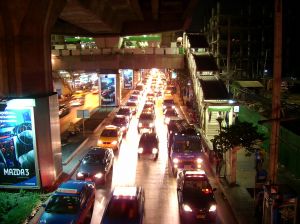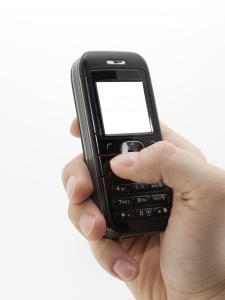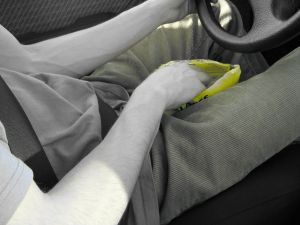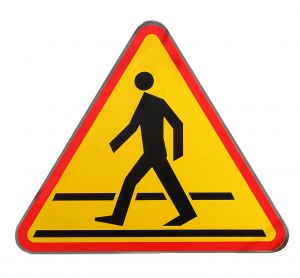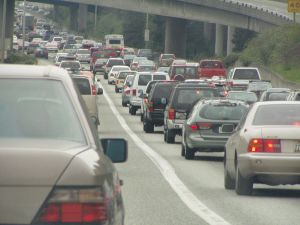Just a week after a Pennsylvania woman’s texting-induced stumble into a mall fountain hit 3 million views on YouTube, (and an 18-year-old pedestrian was struck and killed while walking along Route 195 in Marion), My Fox Boston reports that one New York lawmaker is aiming to make texting-while-walking a citable offense worthy of $100 fine in his Brooklyn district.
Sen. Carl Kruger believes the ubiquitous presence and use of wireless electronics is directly linked to the increase of pedestrian accidents and fatalities in his community. And he isn’t the only one concerned.
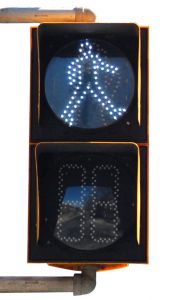
In their recently released national pedestrian fatality report, the Governors Highway Safety Association found that for the first time in four years the drop rate in pedestrian fatalities appears to be stalling. In contrast, the number of overall traffic fatalities fell 8 percent. Since 2005, the number of pedestrians struck and killed in car accidents has fallen, on average, by 200 victims a year.
In 2005, 4,892 pedestrians were struck and killed along U.S. roads. In 2009, there were 4,091 pedestrian fatalities – a difference in 801 lives.
Our Boston personal injury lawyers frequently report the risks of pedestrian accident caused by distracted driving. Unfortunately, distracted pedestrians also contribute to their own demise.
In Massachusetts alone 48 pedestrians were killed in 2009. During the first six months of the year, 14 people died. During the first six months of 2010, 25 Massachusetts pedestrians died from injuries sustained in a car accident.
In 2008, the City of Cambridge was named “America’s most walkable city” by the American Academy of Pediatrics and Prevention Magazine. The community boasts sidewalks on “virtually every street” and a 30 m.p.h. speed limit maximum on city streets. Cambridge officials estimate about a quarter of community residents walk to work.
City officials have implemented a pedestrian safety awareness initiative that includes five key safety practices, as follows:
~ RED MEANS STOP. Just like motorists and cyclists, pedestrians must follow all traffic signals. That means, wait for a green to go.
~ Only use crosswalks to traverse streets. And, only walk when the “WALK” signal is flashing.
~ Pay attention to your surroundings. Before you step or pedal your way into or through an intersection or turn, or pull away from the curb and merge into traffic – look for cyclist, for pedestrians, for motor vehicles or other obstructions.
Continue reading
 Boston Car Accident Lawyer Blog
Boston Car Accident Lawyer Blog




